SUMMARY
This is AI generated summarization, which may have errors. For context, always refer to the full article.
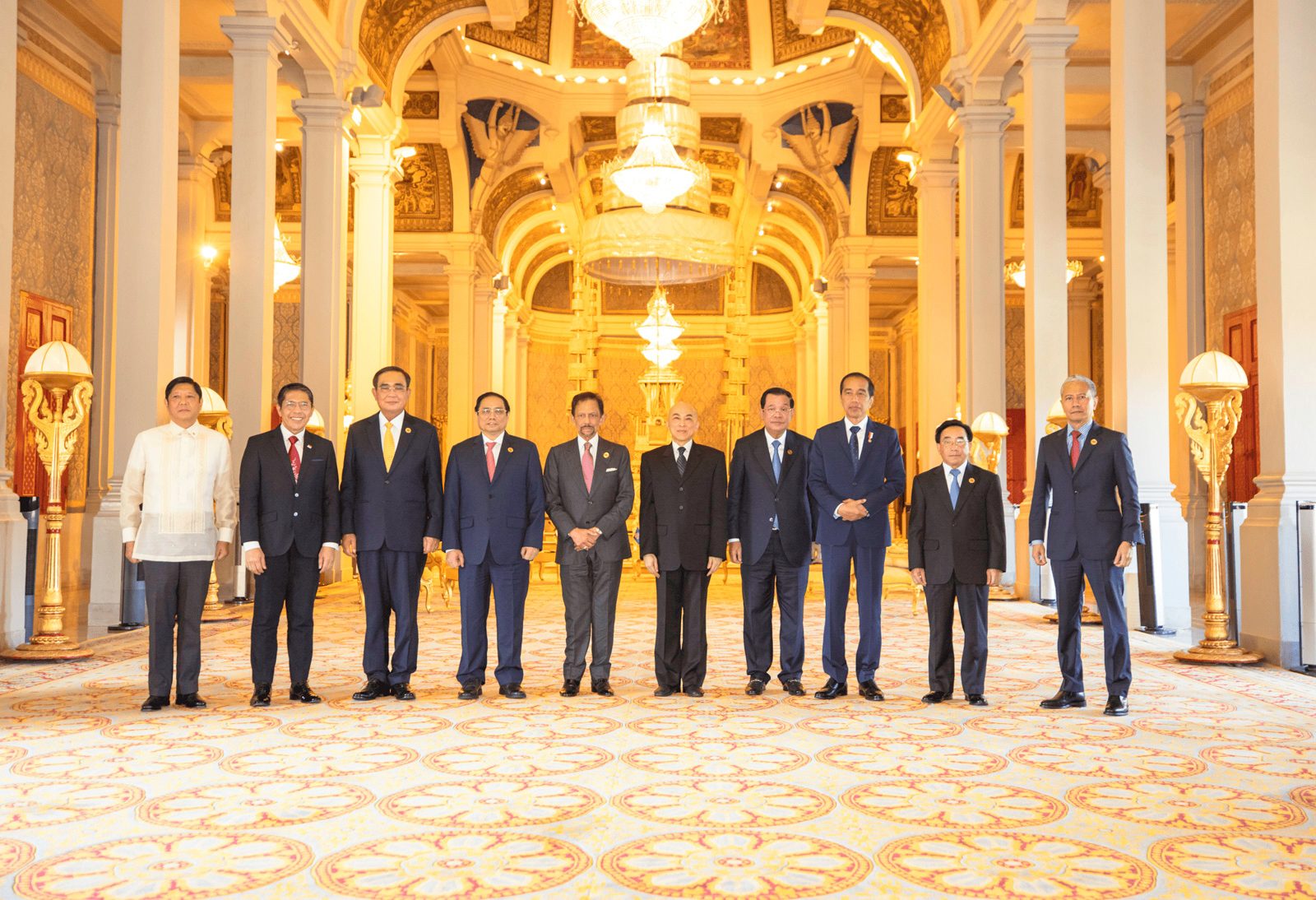
PHNOM PENH, Cambodia – For the first time since a global pandemic forced nations to shut their borders and order their citizens to stay at home, world leaders from Southeast Asia and their dialogue partners gathered in the Cambodian capital for the 40th and 41st ASEAN Summit and related summits.
Heads of delegation to the summit include the presidents and prime ministers of ASEAN member states, as well as the heads of state of its dialogue partners including the United States, Canada, France, South Korea, among others.
The ASEAN summit is the first regional meeting to be attended by Philippine President Ferdinand Marcos Jr. as head of state.
Speaking to reporters on the flight to Phnom Penh, Marcos said he expected security issues – the violence in Myanmar, tension between China and Taiwan, and North Korea’s escalations, among others – to be taken up during the summit.
“So all these security issues have to be [discussed]. And the only way that ASEAN member countries can actually deal with those challenges are as one, as a group,” he said.
Speaking before the Manila Overseas Press Club in October, Marcos had said that “ASEAN can do more than it has done thus far,” when asked about the role he wants to play in peacemaking efforts.
“I intend to propose several actions that ASEAN can take specific to the different conflicts that we are seeing in our region. And if the Philippines can play a part, then that would certainly be a good thing,” Marcos said then.
World leaders will be in Phnom Penh from November 10 to 13.
Cambodia lists security and peace as among its top priorities for ASEAN during its chairmanship. The region faces several threats to its security and stability.
Myanmar
ASEAN, through Cambodia, had earlier expressed concern over the escalating violence in Myanmar, after the military ousted Nobel laureate Aung San Suu Kyi’s elected government. The junta’s leaders – Myanmar generals – have been barred from high-level ASEAN meetings since the coup.
Senior General Min Aung Hlaing, chairman of the Myanmar’s State Administration Council, was not invited to the summit in Phnom Penh. Instead, the Cambodian government has invited a “non-political representative from Myanmar,” according to a Phnom Penh Post report.
In 2021, then-ASEAN chair Indonesia issued a “Five-Point Consensus” on the situation in Myanmar. ASEAN members, including Myanmar, agreed on the following:
- First, there shall be immediate cessation of violence in Myanmar and all parties shall exercise utmost restraint.
- Second, constructive dialogue among all parties concerned shall commence to seek a peaceful solution in the interests of the people.
- Third, a special envoy of the ASEAN Chair shall facilitate mediation of the dialogue process, with the assistance of the Secretary General of ASEAN.
- Fourth, ASEAN shall provide humanitarian assistance through the AHA Center.
- Fifth, the special envoy and delegation shall visit Myanmar to meet with all parties concerned.
More than a year since, ASEAN has criticized Myanmar for failing to follow the consensus. Human rights groups, however, have called on ASEAN to tweak its approach, pointing out the failure of the “Five-Point Consensus” from protecting rights in Myanmar.
North Korea, Ukraine
Security issues concerning countries outside of the regional bloc – but the kind that will surely affect it – are guaranteed to be top of mind when ASEAN leaders formally convene.
On November 10, the day before the summit officially kicked off, Ukraine acceded to a “treaty of amity and cooperation” with ASEAN. This means they are one step closer to having formal relations with the regional bloc. Ukraine would be the 50th signatory to the treaty.
According to the Jakarta Post, Cambodia has considered a request from Ukrainian President Volodymyr Zelenskiy to speak via video link.
Russian President Vladimir Putin will not attend the East Asia Summit in Cambodia. The Khmer Times reported that Russian Foreign Minister Sergey Lavrov will represent Russia at the related summits.
Just a week prior, a North Korean ballistic missile landed less than 60 kilometers off South Korea’s coast, triggering air raid warnings. The US, South Korea, and Japan are expected to meet either on the sidelines of the ASEAN Summit or at the G20 in Bali, which happens right after the ASEAN summits.
‘Post-COVID’ ASEAN
Economic development and recovery in the aftermath of years-long shutdowns and restrictions due to the COVID-19 pandemic is second in Cambodia’s listed priorities. In April 2020 – barely a month since the first lockdowns were introduced globally – then-host Vietnam called for a special ASEAN summit online so leaders could discuss the pandemic.
Two years later, according to an April 2022 report by the ASEAN BioDiaspora Virtual Center, case levels are “generally low” and at least 65% of the population in the region have a “level of immunity,” meaning they either survived COVID-19 or have received at least one shot of the vaccine.
The same report says at least 80% of the population has been vaccinated by at least one dose of the COVID-19 vaccine, although several countries – including the Philippines – have been lagging behind in their booster drives.
A “post-COVID” world – a term that’s a reality to some and ridiculous to others – has been one of the Marcos administration’s thrusts. In the Philippines, masking restrictions have eased rapidly in the past two months, partly because of the administration’s desire to hasten economic recovery. Groups, including those of health care workers, have opposed the easing of restrictions.
China
Twenty years ago in Phnom Penh, foreign ministers of ASEAN and China signed the Declaration of the Conduct of Parties in the South China Sea. In essence, China and Southeast Asian Countries – several of which has disputes with the Asian superpower – agreed to forge an agreement on how they would act around the disputed waters of the South China Sea.
Two decades on, the agreement to eventually agree remains unchanged.
Under the declaration or the DOS, ASEAN and China agreed to “resolve their territorial and jurisdictional disputes by peaceful means, without resorting to the threat or use of force” via consultations and negotiations with each other, and with respect to international law.
The DOS also states that even as states resolve their conflict, they must be allowed to undertake scientific research, efforts for marine protection, conduct search and rescue operations, combat transnational crime, and safety navigate and communicate at sea, among others.
Most importantly, under the declaration, ASEAN members and China agreed that “the adoption of a code of conduct in the South China Sea would further promote peace and stability in the region.” They also agreed to work together on the code of conduct via consensus.
But the goal of complete consensus is also the declaration’s shortcoming. Further, the declaration is non-binding. A code of conduct, however, would be binding and reinforceable.
Different states have different positions on the disputes in the South China Sea. Of the 10 member states, four have disputes with China – Brunei, Malaysia, the Philippines, and Vietnam.
The Philippines’ position is that a code of conduct should be finalized – Marcos has reaffirmed this.
The world has changed dramatically since the DOS was adopted.
In 2016, the Philippines won a historical case against China over the West Philippine Sea or the South China Sea. The Permanent Court of Arbitration, in its decision, said that “as between the Philippines and China, there was no legal basis for China to claim historic rights to resources, in excess of the rights provided for by the Convention, within the sea areas falling within the ‘9-dash line.”
Yet aerial photos of China’s artificial islands in the South China Sea show that the Asian giant’s assertion of its claims in the area has anything but ceased – in fact, they have intensified. Images over Mischief Reef, Gaven Reefs, Subi Reef, Cuarteron Reef, Fiery Coast Reef, and Hughes Reef show the expansion of artificial islands, ports, military outposts, and airstrips, among others.
The ASEAN-China summit is scheduled on the afternoon of November 11.
Marcos told media en route to Phnom Penh that he hopes to talk to Chinese President Xi Jinping about South China Sea or West Philippine Sea issues, although he did not say when they were set to meet. However, Xi – like Marcos – is expected to attend the Asia-Pacific Economic Cooperation summit in Thailand a week after ASEAN.
China’s head of delegation at the ASEAN Summit is Premiere Li Keqiang. – Rappler.com
Add a comment
How does this make you feel?
![[In This Economy] Can the PH become an upper-middle income country within this lifetime?](https://www.rappler.com/tachyon/2024/04/tl-ph-upper-income-country-04052024.jpg?resize=257%2C257&crop=295px%2C0px%2C720px%2C720px)

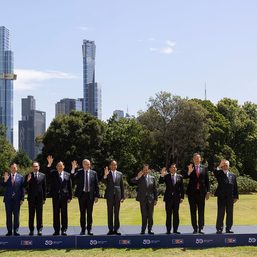
![[OPINION] Controversy over ASEAN’s ‘Swift’ week](https://www.rappler.com/tachyon/2024/03/tl-asean-swift-week.jpg?resize=257%2C257&crop=357px%2C0px%2C720px%2C720px)
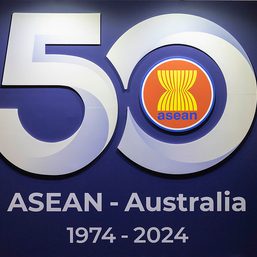


![[Time Trowel] Evolution and the sneakiness of COVID](https://www.rappler.com/tachyon/2024/02/tl-evolution-covid.jpg?resize=257%2C257&crop=455px%2C0px%2C1080px%2C1080px)



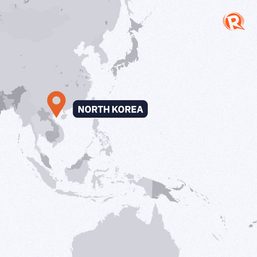
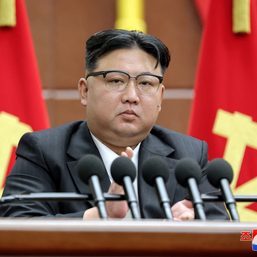
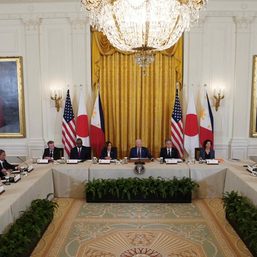
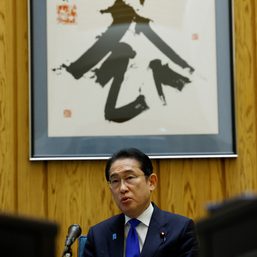

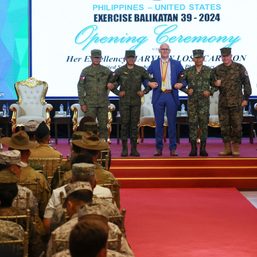
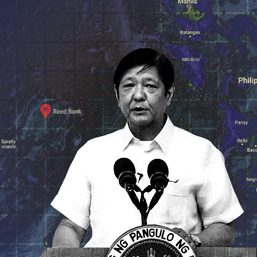
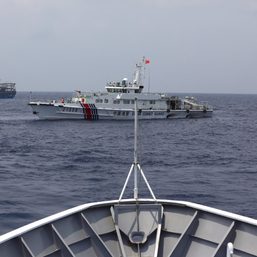
There are no comments yet. Add your comment to start the conversation.